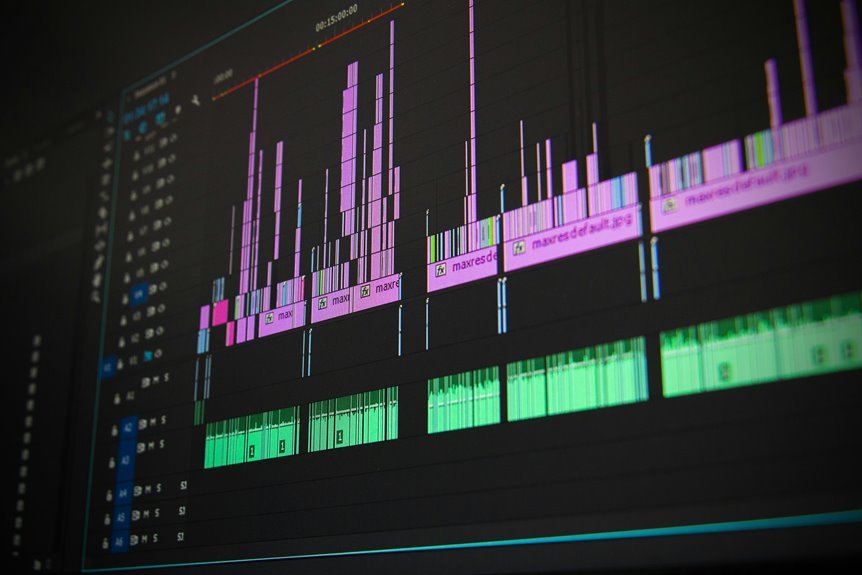292711133 Callback Attempt Frequency Benchmark

The 292711133 Callback Attempt Frequency Benchmark provides critical insights for organizations seeking to optimize their customer engagement strategies. By examining industry-specific callback patterns, this benchmark highlights the delicate balance needed between frequency and customer satisfaction. Understanding these dynamics can lead to improved response rates and stronger customer relationships. However, the challenge lies in implementing these insights effectively across diverse customer bases. What strategies will organizations adopt to align with this benchmark?
Understanding the Importance of Callback Attempt Frequency
Callback attempt frequency is frequently overlooked yet plays a crucial role in customer engagement strategies.
Understanding callback metrics reveals how effective frequency impacts customer satisfaction and retention. Higher frequencies can lead to improved response rates, fostering a sense of attentiveness.
Conversely, excessive attempts may cause frustration. Balancing these metrics is essential for businesses seeking to enhance customer relationships while maintaining autonomy and freedom in communication.
Analyzing the 292711133 Benchmark
While various benchmarks exist for measuring customer engagement, the 292711133 benchmark stands out due to its specific focus on callback attempt frequency within diverse industries.
This benchmark analysis provides critical insights into effective callback strategies, revealing patterns that enhance customer satisfaction.
Implementing Best Practices for Callback Strategies
Effective callback strategies are integral to enhancing customer satisfaction and engagement. Organizations should prioritize callback timing to align with customer preferences, ensuring timely responses that accommodate individual schedules.
Implementing a flexible framework that adapts to varying needs fosters a sense of freedom among clients. By systematically analyzing callback patterns and feedback, businesses can refine their approaches, thereby optimizing overall communication effectiveness.
Measuring Success and Continuous Improvement
To ensure the success of callback strategies, organizations must implement robust measurement techniques that evaluate effectiveness and identify areas for improvement.
Callback optimization relies on defined success metrics, such as conversion rates and customer satisfaction scores.
Conclusion
In the realm of customer engagement, the callback attempt frequency benchmark serves as a compass guiding organizations through the intricate landscape of communication. Just as a skilled gardener carefully tends to each plant, adjusting water and sunlight, businesses must tailor their callback strategies to nurture customer relationships. By adopting the insights from the 292711133 benchmark, organizations can cultivate a thriving environment, where customer satisfaction blossoms and loyalty flourishes, ultimately yielding a fruitful harvest of improved response rates.




